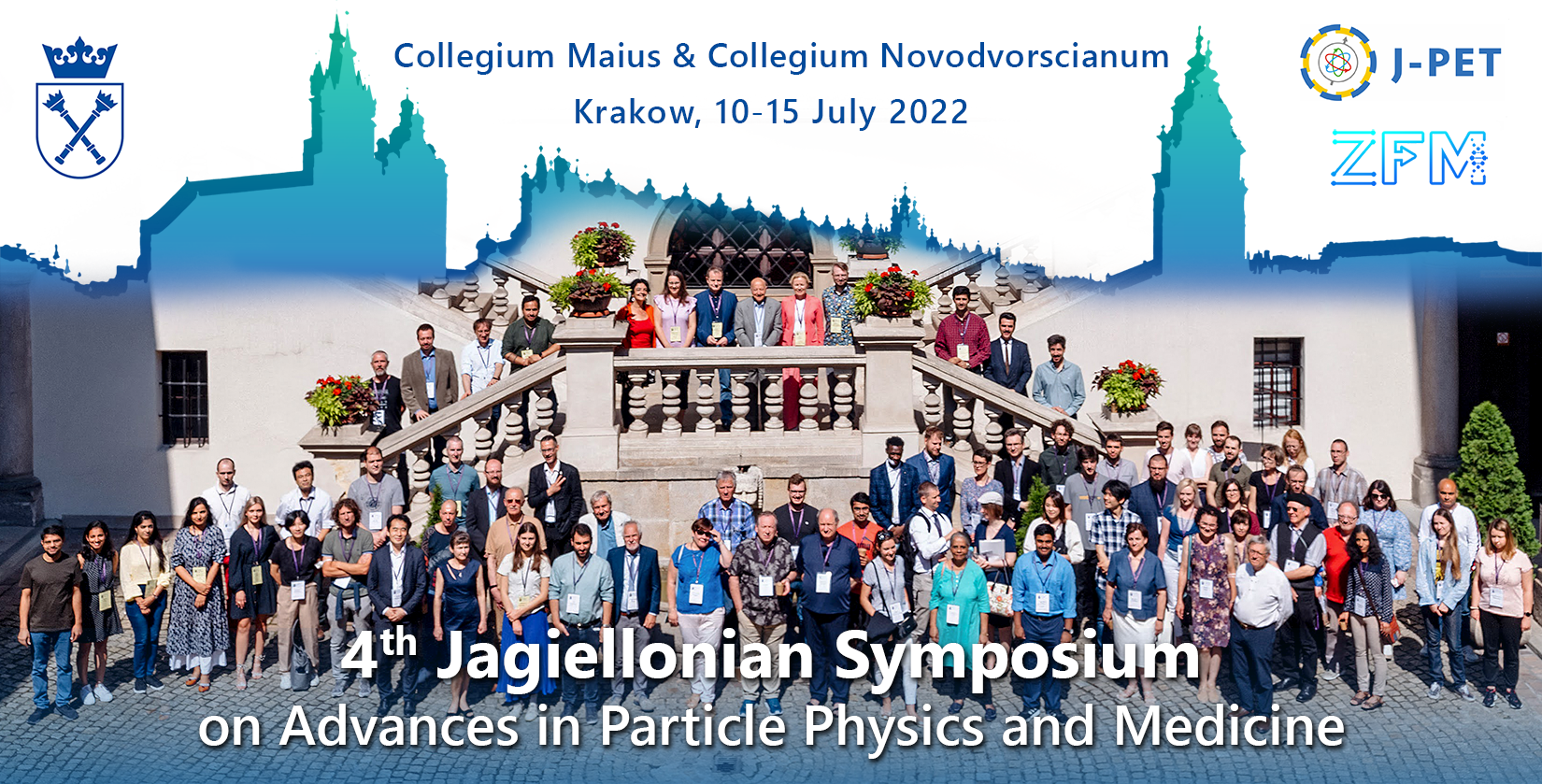Speaker
Description
Authors: Munetaka Nitta, Giulio Lovatti, Kang Han Gyu, Rohgieh Haghani, Chiara Gianoli, Georgious Dedes, Andrea Zogular, Yamaya Taiga, Christoph Scheidenberger, Marco Durante, Peter Thirolf, Katia Paodi
We have been developing a high resolution small in-beam PET system in the framework of the project “Small animal Irradiation for Research in Molecular Image-guided radiation Oncology (SIRMIO)”, which is an EU-funded endeavor aiming to realize a prototype platform for accurate image-guided small animal proton irradiation at clinical facilities. In this project we plan to deliver a proton beam to the mouse tumor and monitor the positron emitters generated by the beam using a dedicated in-beam PET scanner. The PET scanner exhibits a unique spherical shape for high detection sensitivity along with sufficient open space for accommodating the beam and integrating additional beam monitoring detectors as well as a mouse holder. In addition to that, uniform sub-millimeter spatial resolution is required for accurate range verification. In order to achieve these requirements, in a collaborative effort between LMU and QST, we have developed a 3-layers depth-of-interaction (DOI) PET detector [1]. The PET detector is composed of LYSO scintillator pixels with 0.9 mm×0.9 mm×6.67 mm size read out by an 8×8 SiPM array. A charge division circuit is used to reduce the 64 signals of the SiPM array to 4 signals for an Anger calculation. 56 PET detectors are embedded in a spherical housing frame.
In this study, a point source experiment was carried out to evaluate the spatial resolution of the PET scanner especially in the central region of the field of view and along beam axis. There, we could achieve the targeted 1 mm spatial resolution, confirming satisfactory performance for our project. In addition to that, we will show the capability of our PET detector for high resolution radioactive ion beam imaging of C-11, as explored in the context of the EU-funded project “Biomedical Applications of Radioactive Beams” (BARB).
Acknowledgment;
This work is funded by the European Research Council (ERC) under the European Union's Horizon 2020 research and innovation programme through the grant agreements number 725539 (SIRMIO, PI K. Parodi) and 883425 (BARB, PI M. Durante). The authors would also like to acknowledge the support from the Bavaria California Technology Center (grant A1 [2021-1]). Part of the results are based on an experiment carried out in the context of FAIR Phase-0 at GSI, Darmstadt (Germany).
Reference
[1] 2021, Kang et al., BPEX, vol 7, no. 3, pp. 035018

